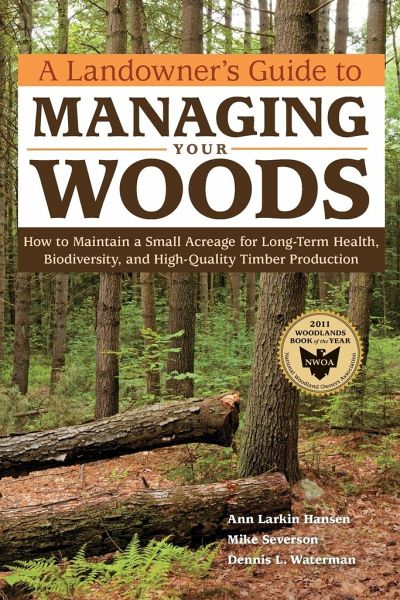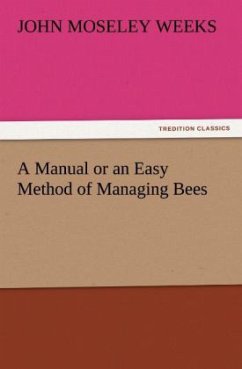
A Landowner's Guide to Managing Your Woods
How to Maintain a Small Acreage for Long-Term Health, Biodiversity, and High-Quality Timber Production

PAYBACK Punkte
10 °P sammeln!
Whether you have a few acres of trees in the suburbs or a small commercial forest, you can encourage a healthy and sustainable ecosystem through proper woodland management. This introductory guide shows you how to identify the type, health, and quality of your trees and suggests strategies for keeping your woodland thriving.













